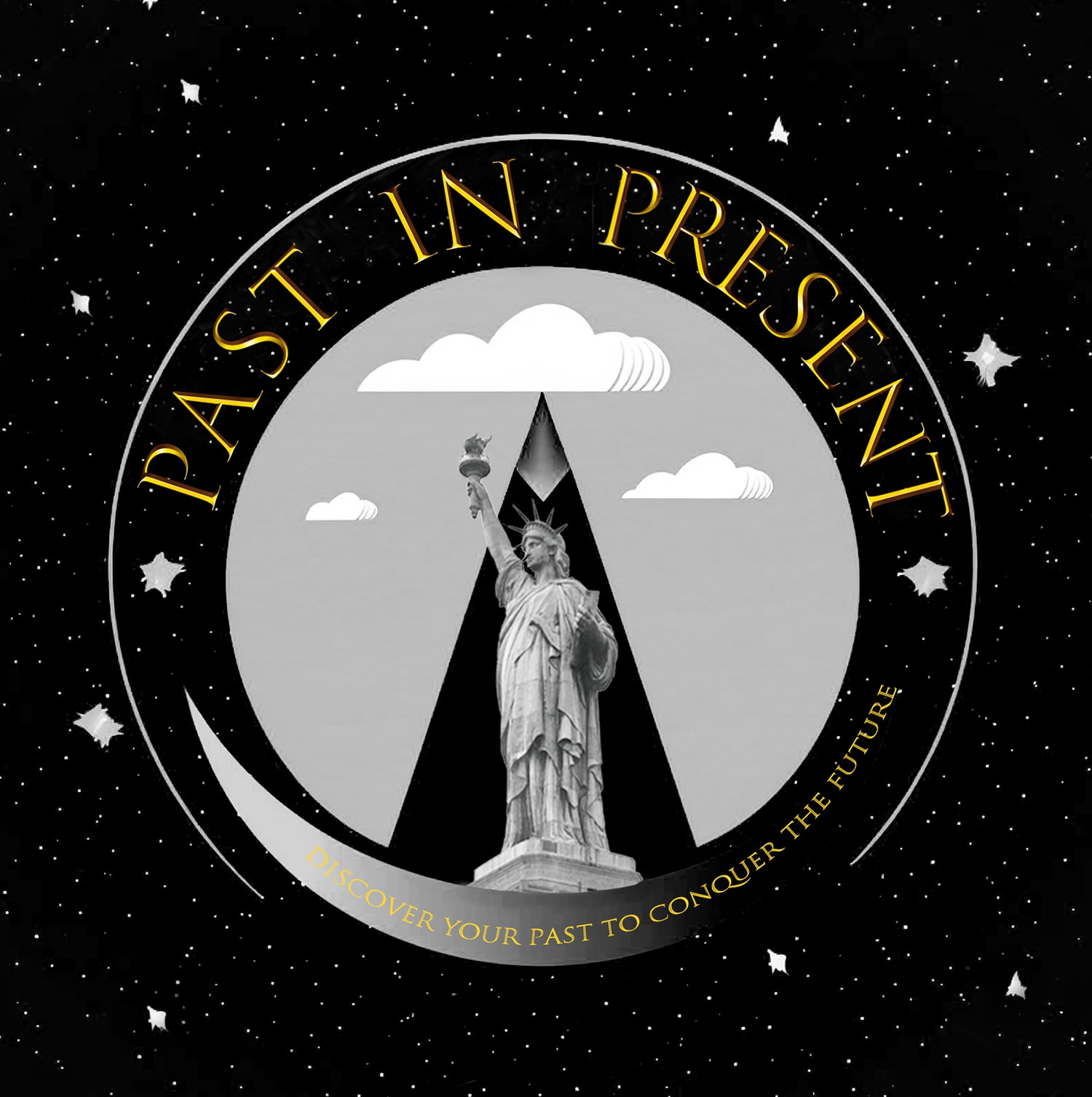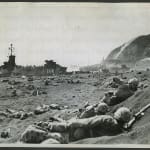 “Beachhead of Iwo Jima” - Marines digging in on the Iwo Jima beachhead swept by deadly Japanese fire by Bob Campbell, 1945. Watermarks do not appear on the actual photograph.
“Beachhead of Iwo Jima” - Marines digging in on the Iwo Jima beachhead swept by deadly Japanese fire by Bob Campbell, 1945. Watermarks do not appear on the actual photograph.
 “Beachhead of Iwo Jima” - Marines digging in on the Iwo Jima beachhead swept by deadly Japanese fire by Bob Campbell, 1945. Watermarks do not appear on the actual photograph.
“Beachhead of Iwo Jima” - Marines digging in on the Iwo Jima beachhead swept by deadly Japanese fire by Bob Campbell, 1945. Watermarks do not appear on the actual photograph.
 “Beachhead of Iwo Jima” - Marines digging in on the Iwo Jima beachhead swept by deadly Japanese fire by Bob Campbell, 1945. Watermarks do not appear on the actual photograph.
“Beachhead of Iwo Jima” - Marines digging in on the Iwo Jima beachhead swept by deadly Japanese fire by Bob Campbell, 1945. Watermarks do not appear on the actual photograph.
 “Beachhead of Iwo Jima” - Marines digging in on the Iwo Jima beachhead swept by deadly Japanese fire by Bob Campbell, 1945. Watermarks do not appear on the actual photograph.
“Beachhead of Iwo Jima” - Marines digging in on the Iwo Jima beachhead swept by deadly Japanese fire by Bob Campbell, 1945. Watermarks do not appear on the actual photograph.
 “Beachhead of Iwo Jima” - Marines digging in on the Iwo Jima beachhead swept by deadly Japanese fire by Bob Campbell, 1945. Watermarks do not appear on the actual photograph.
“Beachhead of Iwo Jima” - Marines digging in on the Iwo Jima beachhead swept by deadly Japanese fire by Bob Campbell, 1945. Watermarks do not appear on the actual photograph.
 “Beachhead of Iwo Jima” - Marines digging in on the Iwo Jima beachhead swept by deadly Japanese fire by Bob Campbell, 1945.
“Beachhead of Iwo Jima” - Marines digging in on the Iwo Jima beachhead swept by deadly Japanese fire by Bob Campbell, 1945.
 “Beachhead of Iwo Jima” - Marines digging in on the Iwo Jima beachhead swept by deadly Japanese fire by Bob Campbell, 1945.
“Beachhead of Iwo Jima” - Marines digging in on the Iwo Jima beachhead swept by deadly Japanese fire by Bob Campbell, 1945.
Bob Campbell
20.6 x 25.4 cm
Further images
“Beach Head of Iwo Jima” Incredible Invasion World War Two photo by Bob Campbell (Marine Corps)
“The Iwo Beachhead” The day after D-Day the Marine waves following assault troops landed to find the Iwo Jima beach head swept by Japanese fire. Marines burrow in the volcanic sand of the Iwo beach, as their comrades unload supplies and equipment from landing vessels despite the hail of fire from enemy positions on Mount Suribachi in the background. The Leathernecks struck at Iwo Jima on February 19th and until march 17 when the island was secured, they fought a fanatical enemy yard by yard for possession of the “Rock”.
Bob Campbell
Private Bob Campbell served as a combat photographer with the United States Marine Corps during World War II. He is notably recognized for his documentation of the Battle of Iwo Jima, particularly the events surrounding the iconic flag raisings on Mount Suribachi.
On February 23, 1945, Campbell accompanied Associated Press photographer Joe Rosenthal and Marine combat photographer Sergeant Bill Genaust to the summit of Mount Suribachi. During this ascent, Campbell captured significant moments, including the lowering of the first American flag and the raising of a larger replacement flag.
One of Campbell’s notable photographs from that day features Marines posing with the American flag atop Mount Suribachi, with Joe Rosenthal in the act of capturing his renowned image. This photograph offers a unique perspective on the collaborative efforts of war photographers during pivotal moments.
Campbell's contributions as a combat photographer have been recognized in various historical accounts and exhibitions. For instance, his photograph titled “Flag Raising at Iwo Jima—Installing Large Flag on Mt. Suribachi” is part of the collection at the Museum of Fine Arts, Houston.
Campbell’s work provides invaluable visual documentation of the Battle of Iwo Jima, capturing both the intensity of combat and the resilience of the Marines involved.
Provenance
Past in Present.com Inc private historical archive.











